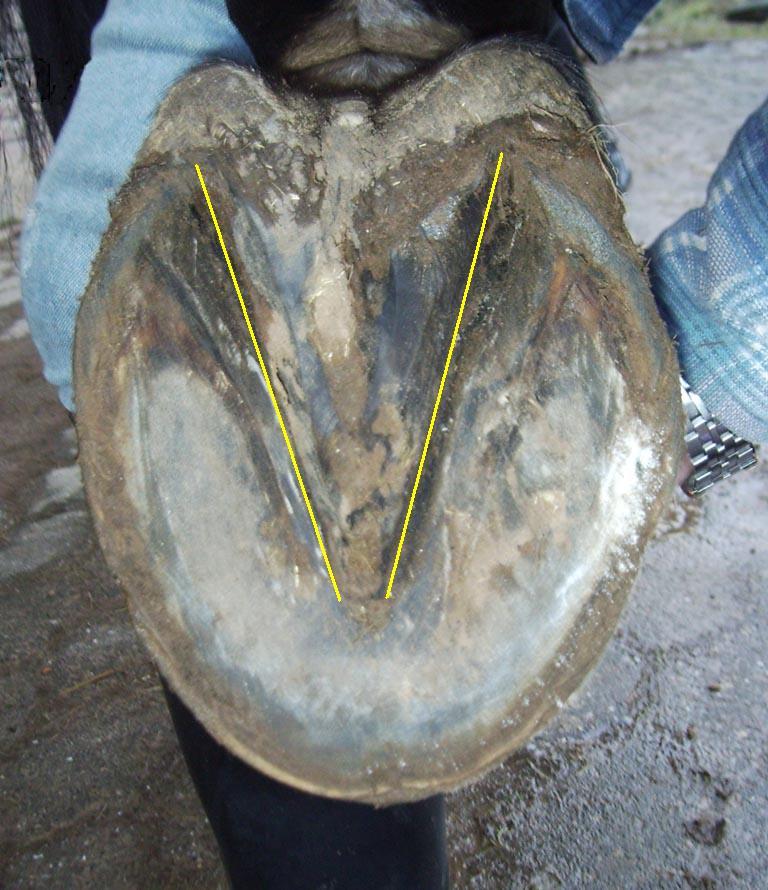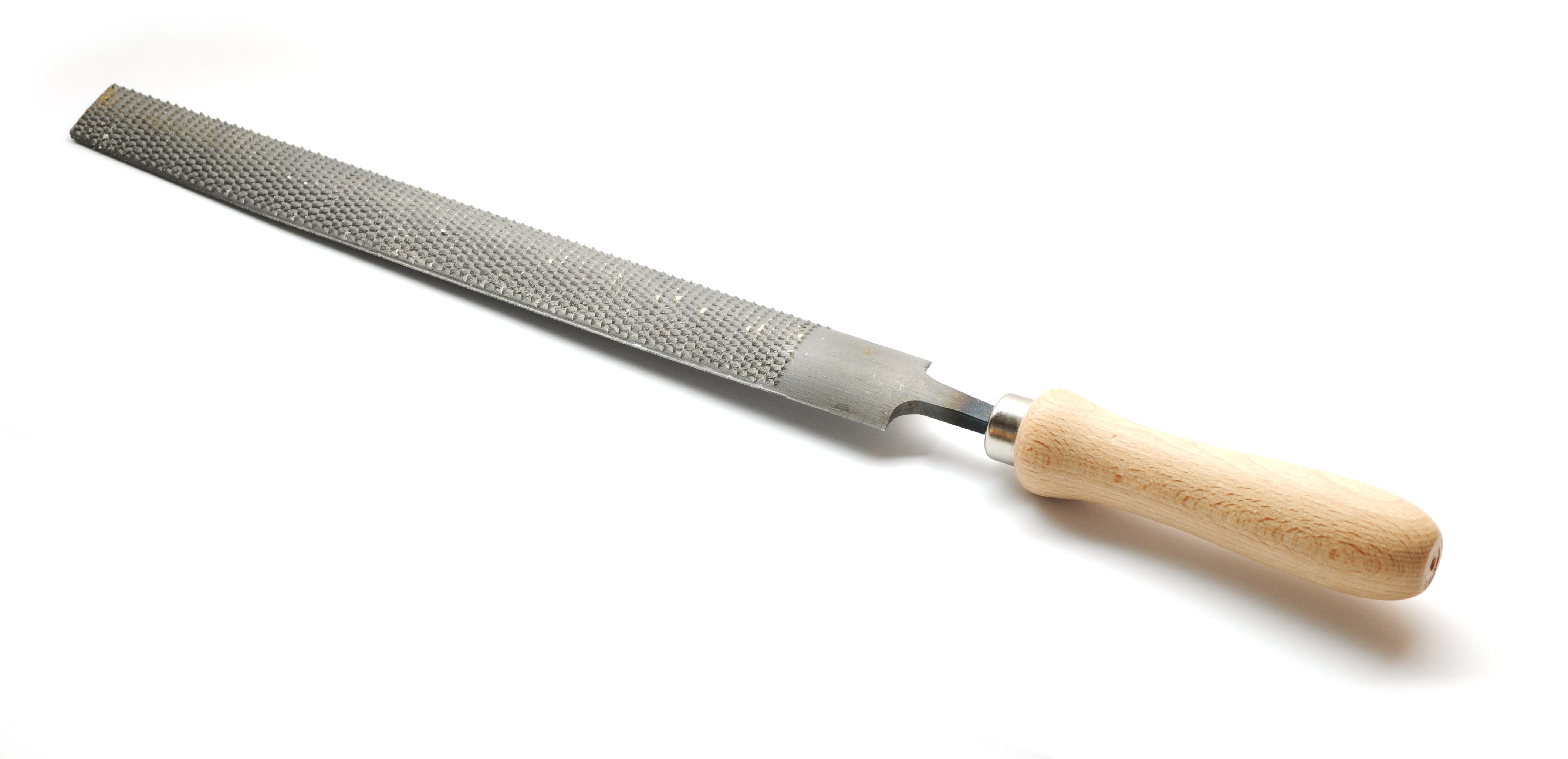|
Farriery
A farrier is a specialist in equine hoof care, including the trimming and balancing of horses' hooves and the placing of shoes on their hooves, if necessary. A farrier combines some blacksmith's skills (fabricating, adapting, and adjusting metal shoes) with some veterinarian's skills (knowledge of the anatomy and physiology of the lower limb) to care for horses' feet. History While the practice of putting protective hoof coverings on horses dates back to the first century, evidence suggests that the practice of nailing iron shoes into a horse’s hoof is a much later invention. One of the first archaeological discoveries of an iron horseshoe was found in the tomb of Merovingian king Childeric I, who reigned from 458-481/82. The discovery was made by Adrien Quinquin in 1653, and the findings were written about by Jean-Jacques Chifflet in 1655. Chifflet wrote that the iron horseshoe was so rusted that it fell apart as he attempted to clean it. He did, however, make an i ... [...More Info...] [...Related Items...] OR: [Wikipedia] [Google] [Baidu] |
Veterinary Medicine
Veterinary medicine is the branch of medicine that deals with the prevention, management, diagnosis, and treatment of disease, disorder, and injury in animals. Along with this, it deals with animal rearing, husbandry, breeding, research on nutrition, and product development. The scope of veterinary medicine is wide, covering all animal species, both domesticated and wild, with a wide range of conditions that can affect different species. Veterinary medicine is widely practiced, both with and without professional supervision. Professional care is most often led by a veterinary physician (also known as a veterinarian, veterinary surgeon, or "vet"), but also by paraveterinary workers, such as veterinary nurses or technicians. This can be augmented by other paraprofessionals with specific specialties, such as animal physiotherapy or dentistry, and species-relevant roles such as farriers. Veterinary science helps human health through the monitoring and control of zoonotic disease ( ... [...More Info...] [...Related Items...] OR: [Wikipedia] [Google] [Baidu] |
Horse Hoof
A horse hoof is the lower extremity of each leg of a horse, the part that makes contact with the ground and carries the weight of the animal. It is both hard and flexible. It is a complex structure surrounding the distal phalanx of the 3rd digit (digit III of the basic pentadactyl limb of vertebrates, evolved into a single weight-bearing digit in horses) of each of the four limbs, which is covered by soft tissue and keratinised (cornified) matter. Anatomy The hoof is made up of two parts. The outer part, called the hoof capsule, is composed of various cornified specialized structures. The inner, living part of the hoof, is made up of soft tissues and bone. The cornified material of the hoof capsule differ in structure and properties. Dorsally, it covers, protects, and supports P3 (also known as the coffin bone, pedal bone, or PIII). Palmarly/plantarly, it covers and protects specialised soft tissues, such as tendons, ligaments, fibro-fatty and/or fibrocartilaginous tissues, and ... [...More Info...] [...Related Items...] OR: [Wikipedia] [Google] [Baidu] |
Farrier Tools
A farrier is a specialist in equine hoof care, including the trimming and balancing of horses' hooves and the placing of shoes on their hooves, if necessary. A farrier combines some blacksmith's skills (fabricating, adapting, and adjusting metal shoes) with some veterinarian's skills (knowledge of the anatomy and physiology of the lower limb) to care for horses' feet. History While the practice of putting protective hoof coverings on horses dates back to the first century, evidence suggests that the practice of nailing iron shoes into a horse’s hoof is a much later invention. One of the first archaeological discoveries of an iron horseshoe was found in the tomb of Merovingian king Childeric I, who reigned from 458-481/82. The discovery was made by Adrien Quinquin in 1653, and the findings were written about by Jean-Jacques Chifflet in 1655. Chifflet wrote that the iron horseshoe was so rusted that it fell apart as he attempted to clean it. He did, however, make an il ... [...More Info...] [...Related Items...] OR: [Wikipedia] [Google] [Baidu] |
Horseshoe
A horseshoe is a fabricated product designed to protect a horse hoof from wear. Shoes are attached on the palmar surface (ground side) of the hooves, usually nailed through the insensitive hoof wall that is anatomically akin to the human toenail, although much larger and thicker. However, there are also cases where shoes are glued. Horseshoes are available in a wide variety of materials and styles, developed for different types of horse and for the work they do. The most common materials are steel and aluminium, but specialized shoes may include use of rubber, plastic, magnesium, titanium, or copper.Price, Steven D. (ed.) ''The Whole Horse Catalog: Revised and Updated'' New York:Fireside 1998 , pp. 84–87. Steel tends to be preferred in sports in which a strong, long-wearing shoe is needed, such as polo, eventing, show jumping, and western riding events. Aluminium shoes are lighter, making them common in horse racing where a lighter shoe is desired, and often facilitat ... [...More Info...] [...Related Items...] OR: [Wikipedia] [Google] [Baidu] |
Hoof Knife
The hoof (plural: hooves) is the tip of a toe of an ungulate mammal, which is covered and strengthened with a thick and horny keratin covering. Artiodactyls are even-toed ungulates, species whose feet have an even number of digits, yet the ruminants with two digits, are the most numerous, e.g. giraffe, deer, bison, cattle, goat, and sheep. The feet of perissodactyl mammals have an odd number of toes, e.g. the horse, the rhinoceros, and the tapir. Hooves are limb structures restricted to placental mammals, which have long pregnancies; however, the marsupial ''Chaeropus'' had hooves. Description The hoof surrounds the distal end of the Phalanx bone, second phalanx, the distal phalanx, and the navicular bone. The hoof consists of the Nail (anatomy), hoof wall, the bars of the hoof, the sole and frog (horse anatomy), frog and soft tissue shock absorption structures. The weight of the animal is normally borne by both the sole and the edge of the hoof wall. Hooves perform many funct ... [...More Info...] [...Related Items...] OR: [Wikipedia] [Google] [Baidu] |
Marechal Ferrant
Leopoldo Marechal (June 11, 1900 – June 26, 1970) was one of the most important Argentine writers of the twentieth century. Biographical notes Born in Buenos Aires into a family of French and Spanish descent, Marechal became a primary school teacher and a high school professor after obtaining his degree despite enormous economic difficulties. During the 1920s he was among the poets who rallied around the movement represented by the literary journal ''Martín Fierro''. While his first published works of poetry, ''Los aguiluchos'' (1922) and ''Días como flechas'' (1926), tended towards vanguardism, his ''Odas para el hombre y la mujer'' showed a blend of novelty and a more classical style. It is with this collection of poems that Marechal obtained his first official recognition as a poet in 1929, the ''Premio Municipal de Poesía'' of the city of Buenos Aires. He traveled to Europe for the first time in 1926 and in Paris met important intellectuals and artists such as Pi ... [...More Info...] [...Related Items...] OR: [Wikipedia] [Google] [Baidu] |
Frog (horse Anatomy)
The frog is a part of a horse hoof, located on the underside, which should touch the ground if the horse is standing on soft footing. The frog is triangular in shape, and extends midway from the heels toward the toe, covering around 25% of the bottom of the hoof. The frog is a V-shaped structure that extends forward across about two-thirds of the sole. Its thickness grows from the front to the back and, at the back, it merges with the heel periople. In its midline, it has a central groove ( sulcus) that extends up between the bulbs. The color of the frog varies between horses and can have no pigment making it cream colored, or with pigment fully or partially making it darker, and of a rubbery consistency, suggesting its role as a shock absorber and grip tool on hard, smooth ground. The frog also acts like a pump to move the blood back to the heart, a great distance from the relatively thin leg to the main organ of the circulatory system. In the stabled horse, the frog does n ... [...More Info...] [...Related Items...] OR: [Wikipedia] [Google] [Baidu] |
Anvil
An anvil is a metalworking tool consisting of a large block of metal (usually forged or cast steel), with a flattened top surface, upon which another object is struck (or "worked"). Anvils are as massive as practical, because the higher their inertia, the more efficiently they cause the energy of striking tools to be transferred to the work piece. In most cases the anvil is used as a forging tool. Before the advent of modern welding technology, it was the primary tool of metal workers. The great majority of modern anvils are made of cast steel that has been heat treated by either flame or electric induction. Inexpensive anvils have been made of cast iron and low quality steel, but are considered unsuitable for serious use as they deform and lack rebound when struck. Structure The primary work surface of the anvil is known as the face. It is generally made of hardened steel and should be flat and smooth with rounded edges for most work. Any marks on the face w ... [...More Info...] [...Related Items...] OR: [Wikipedia] [Google] [Baidu] |
Rasp
A rasp is a coarse form of file used for coarsely shaping wood or other material. Typically a hand tool, it consists of a generally tapered rectangular, round, or half-round sectioned bar of case hardened steel with distinct, individually cut teeth. A narrow, pointed tang is common at one end, to which a handle may be fitted. Use Rasps come in a variety of shapes—rectangular, round, and half-round—and vary in coarseness from finest, "cabinet", to most aggressive, "wood". Farriers, for example, commonly use rasps to remove excess wall from a horse's hoof. They are also used in woodworking for rapidly removing material and are easier to control than a drawknife. The rough surfaces they leave may be smoothed with finer tools, such as single- or double-cut files. Rasps are used in shaping alabaster. Saws and chisels are used to rough out alabaster work. See also *Surform A surform tool (also surface-forming tool) features perforated sheet metal and resembles a food gr ... [...More Info...] [...Related Items...] OR: [Wikipedia] [Google] [Baidu] |







